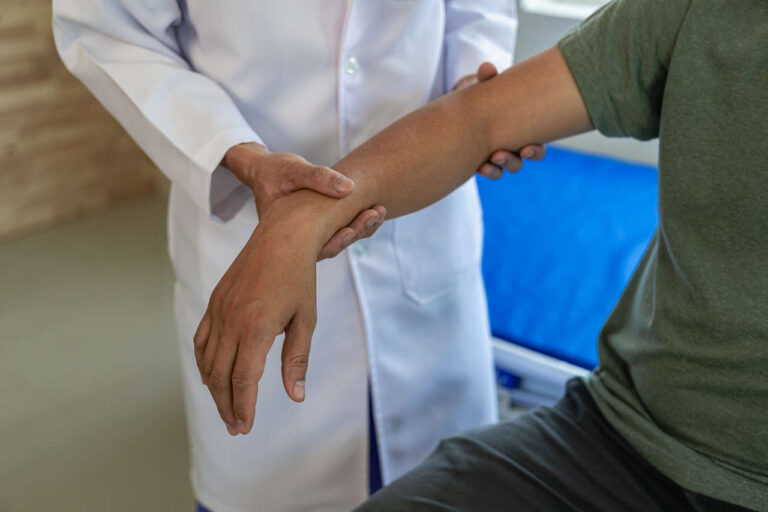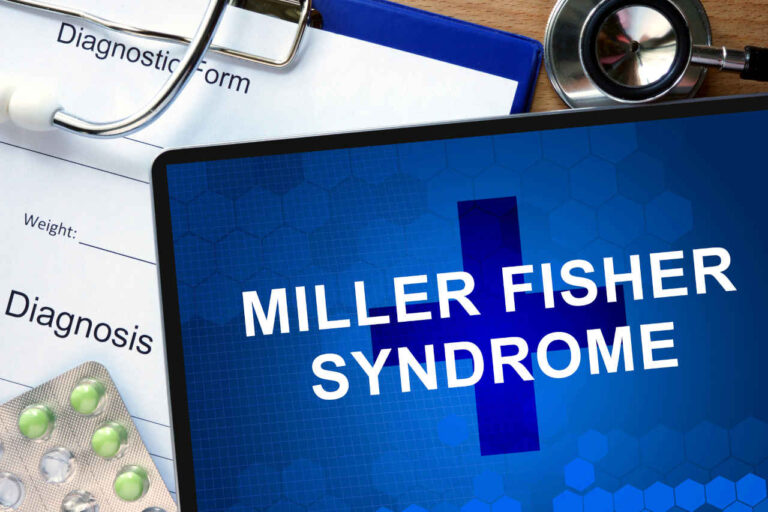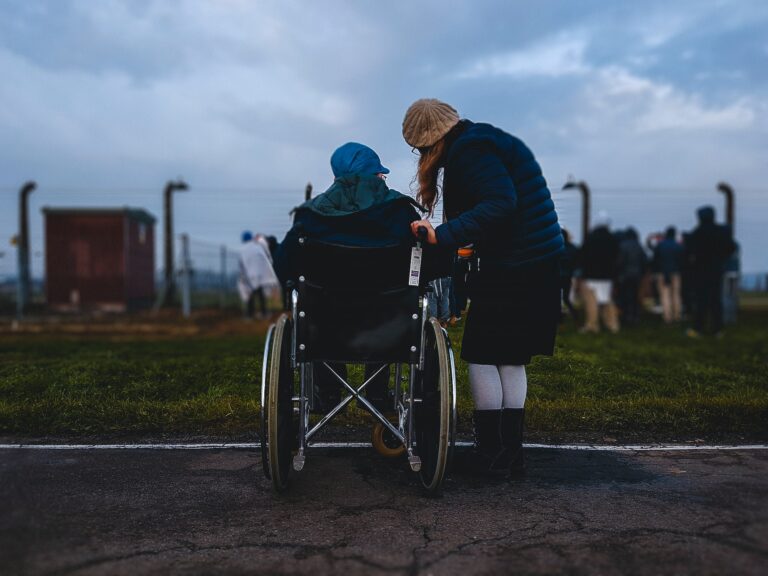
Symptoms of Guillain-Barre syndrome vary widely amongst patients. Some people only develop mild weakness lasting only a few weeks, while others can experience severe paralysis.
Get IVIG Copay Assistance
Speak to a SpecialistImprovement of symptoms can typically be seen within days to several weeks after the worst symptoms have been reached, and people go on improving for several months. About 20% of patients still have disabilities for more than a year, for instance, needing aids to walk. In those experiencing severe weakness, slow improvement continues for two or more years.
Initial symptoms of Guillain-Barre syndrome include the following (these symptoms usually worsen for the first two weeks, but the progression may last as little as one day or as long as four weeks):
- Weakness and tingling of the feet and legs that slowly spread to the arms and upper body (usually affecting both sides of the body equally). Feeling of prickling and needle sensations in the toes, ankles, wrist, and fingers.
- Numbness (loss of feeling) in the lower extremities.
- Difficulty in chewing, swallowing, and speaking.
Severe symptoms of GBS include:
- Difficulty in breathing or shortness of breath
- Tingling symptoms that are rapidly spreading on the upper body parts
- Difficulty moving face
- Difficulty walking
- Severe lower back pain
- Choking on saliva
- Rapid heart rate
- Low or high blood pressure
- Bladder control and bowel function issues
- Extreme pain
- Paralysis
Can IVIG help?
Free IVIG Treatment InfoConsult your doctor immediately if you experience any of the symptoms mentioned above, as the disease can spread and worsen rapidly if ignored.
Complications and life-threatening symptoms of Guillain-Barre syndrome may include:
- Long-term or full-body paralysis
- Lung clots
- Blood infection or sepsis
- Cardiac arrest
- Pneumonia
- Acute respiratory distress syndrome
- Venous thromboembolic disease
- Relapse of the disease
Conclusion
Guillain-Barre syndrome is a curable disease, and most people recover fully after experiencing mild to moderate weakness, numbness, and tingling in the lower body parts. But if symptoms persist, worsen, or spread to other areas of the body, the disease can be life-threatening. It can lead to complications like paralysis, sepsis, pneumonia, cardiac problems, or blood clots.












